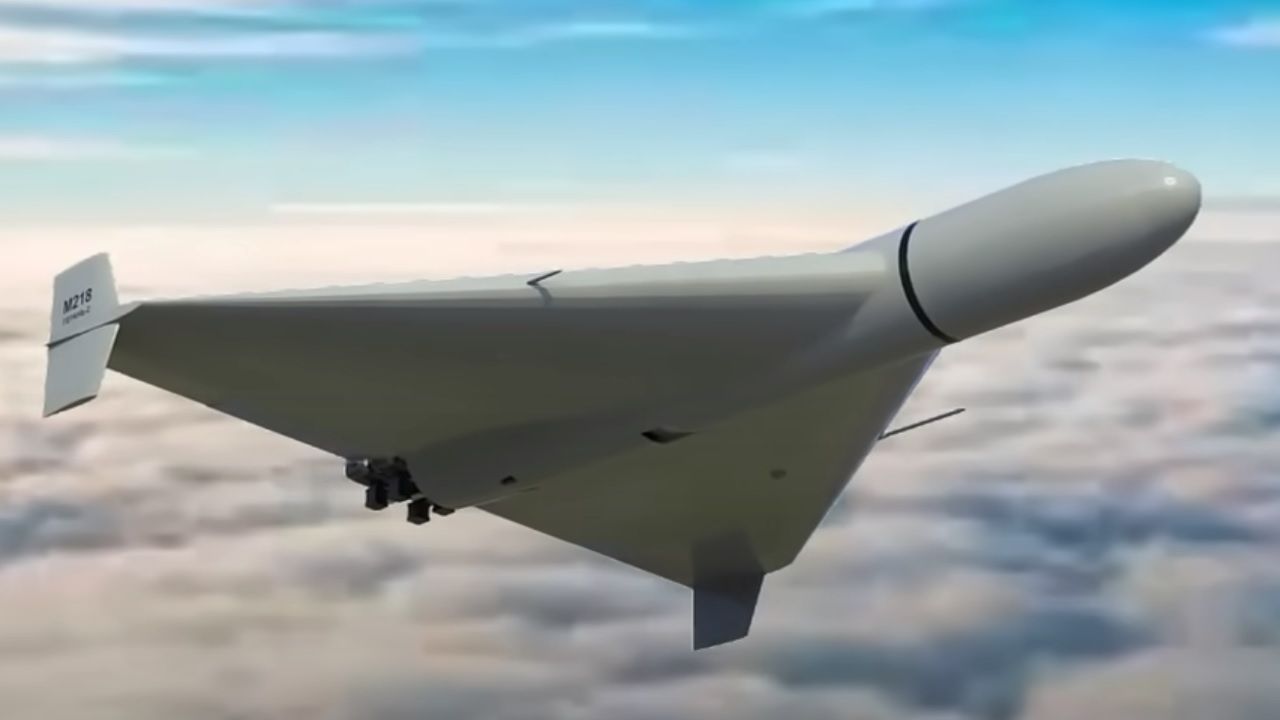Covert Ties: The European Components in Russia's Destructive Drones
In a clandestine turn of events, it has been uncovered that Iran’s kamikaze drones, utilized by Russia in numerous attacks on Ukrainian cities, are not as foreign as one might believe; they are teeming with components originating from Europe. This revelation is derived from confidential documents sent by Kyiv

In a clandestine turn of events, it has been uncovered that Iran’s kamikaze drones, utilized by Russia in numerous attacks on Ukrainian cities, are not as foreign as one might believe; they are teeming with components originating from Europe. This revelation is derived from confidential documents sent by Kyiv to Western allies, which expose the intricate network and unanticipated alliances behind the creation of these lethal machines.
Kyiv, urgently pleading for long-range missiles to retaliate against production sites in Russia, Iran, and Syria, disclosed a 47-page document to the G7 governments in August. This document stated that within the last three months, more than 600 raids on cities were executed using unmanned aerial vehicles (UAVs) equipped with Western technology.
According to the insights attained by The Guardian, various models of the Shahed drone harbored numerous electrical components manufactured by Western companies. With flight ranges up to 2,000km and cruising speeds of 180kmh, these drones revealed their multifaceted origins. Five European companies, including a Polish subsidiary of a British multinational, were identified as the original manufacturers of these components.
These revelations draw attention to the veiled complexities of international politics and manufacturing, depicting a scenario where companies from countries sanctioning Russia, such as the United States, Switzerland, Germany, Canada, Japan, the Netherlands, and Poland, are inadvertently contributing to its military prowess. It is asserted that Iran has diversified its production, integrating components from Syria and shifting its drone production to Russia due to its inability to meet the high demand from Russia and the intense utilization in Ukraine.
The disclosed document suggests some stringent actions against the producers of these UAVs, hinting at possible missile strikes on the production plants in Iran, Syria, and Russia. However, these actions are speculative and reflect the heightened tensions and the critical state of international relations surrounding the Ukraine conflict.
Despite the clandestine utilization of their components, there is no implication of any malpractice by the Western companies identified. These companies have strictly condemned the use of their products in warfare, emphasized their compliance with international trade rules and regulations, and affirmed their commitment to ethical practices and lawful conduct. The manufacturers maintain their stance against any unauthorized or illicit use of their products and have reiterated their adherence to global trade compliance programs, ensuring that their products are used for their intended purpose.
However, this incident sheds light on the overlooked aspects of international trade and manufacturing, exposing the gaps in coordination among European intelligence services to curb the misuse of Western components. The revelations unearthed from the Ukrainian government document illustrate Russia’s evolving drone strategies and production plans and provide a detailed analysis of the diverse components found in the downed drones.
In this maze of concealed alliances and covert operations, it is imperative to delve deeper into the intricate tapestries of international politics and manufacturing. These clandestine ties reveal the multi-dimensional facets of global conflicts, depicting how nations, seemingly poles apart, can be unknowingly interlinked in the intricate web of warfare technology.
The exploration of these concealed connections and the understanding of their implications is crucial for fostering transparency and ensuring ethical conduct in international relations. The Guardian's unwavering dedication to uncovering the truth and its relentless pursuit of facts in such critical times stand as a testament to the power of fearless journalism, highlighting the significance of information equality and the impact of open access to quality news in shaping our world.




